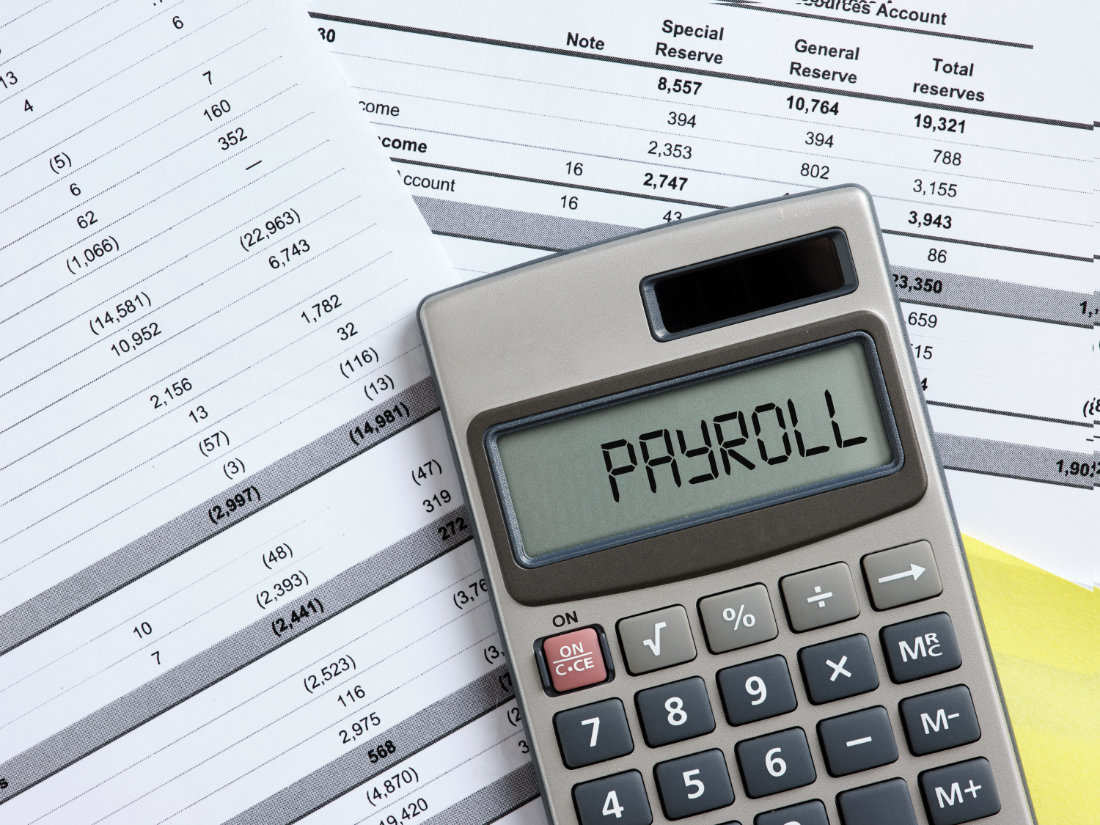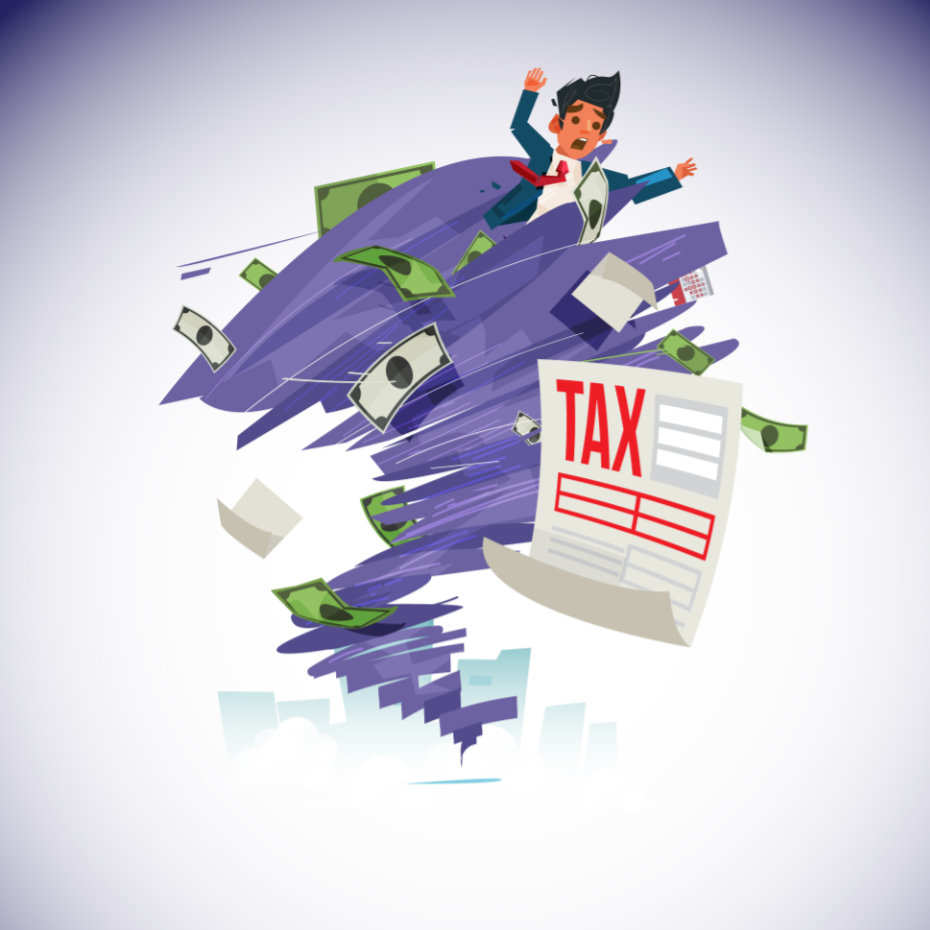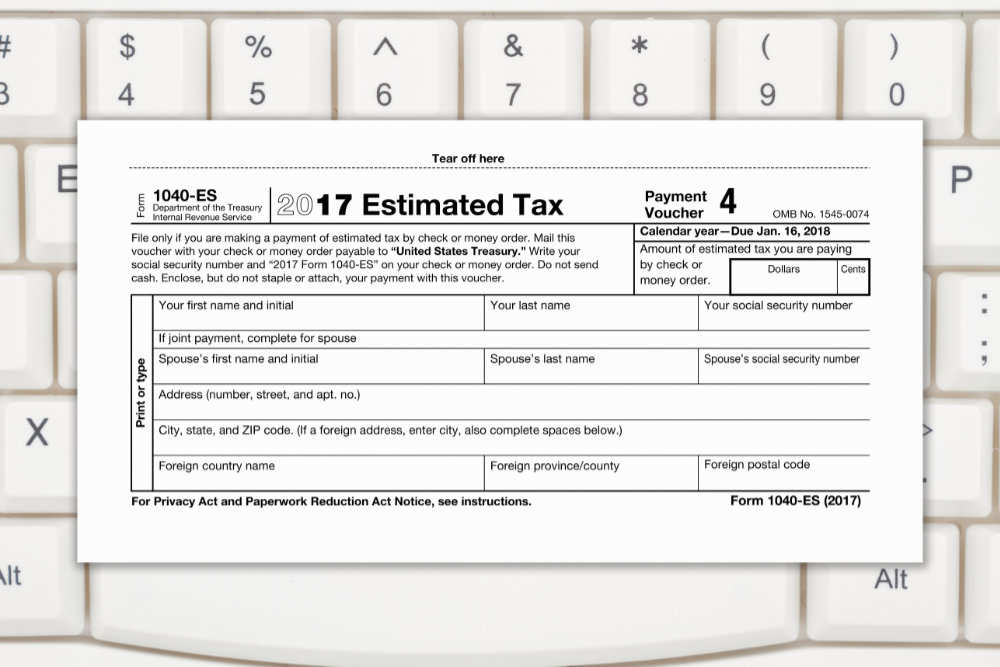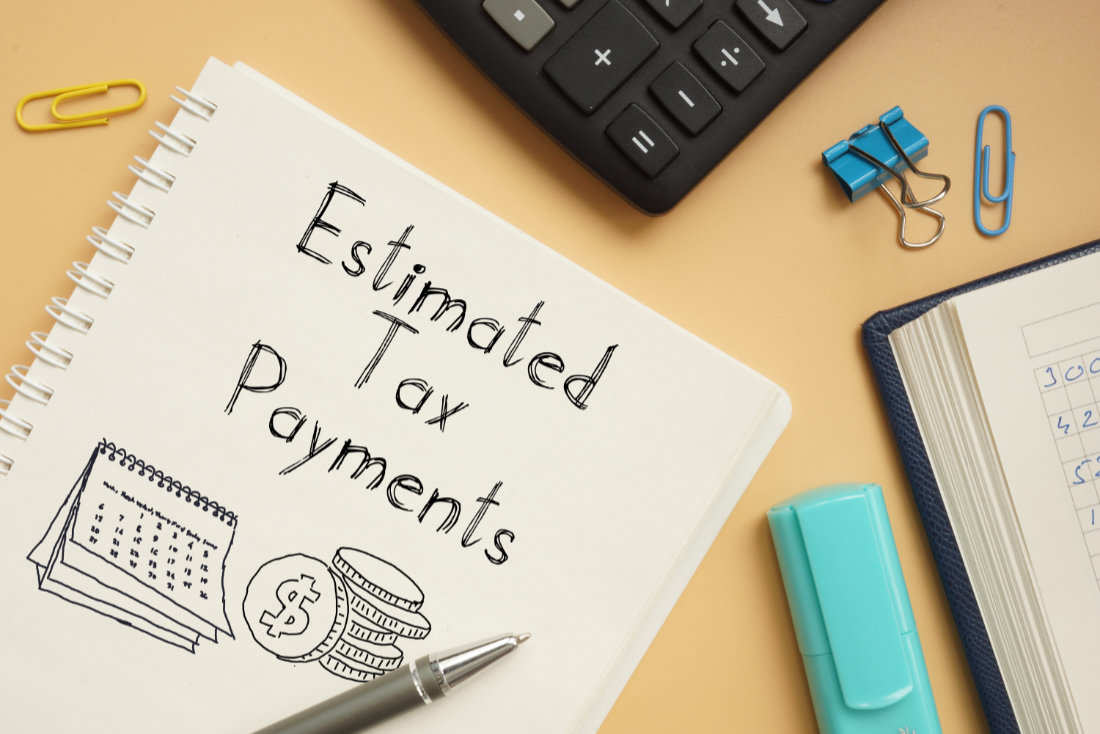Understanding Estimated Taxes: A Guide for Self-Employed Individuals
April 17, 2025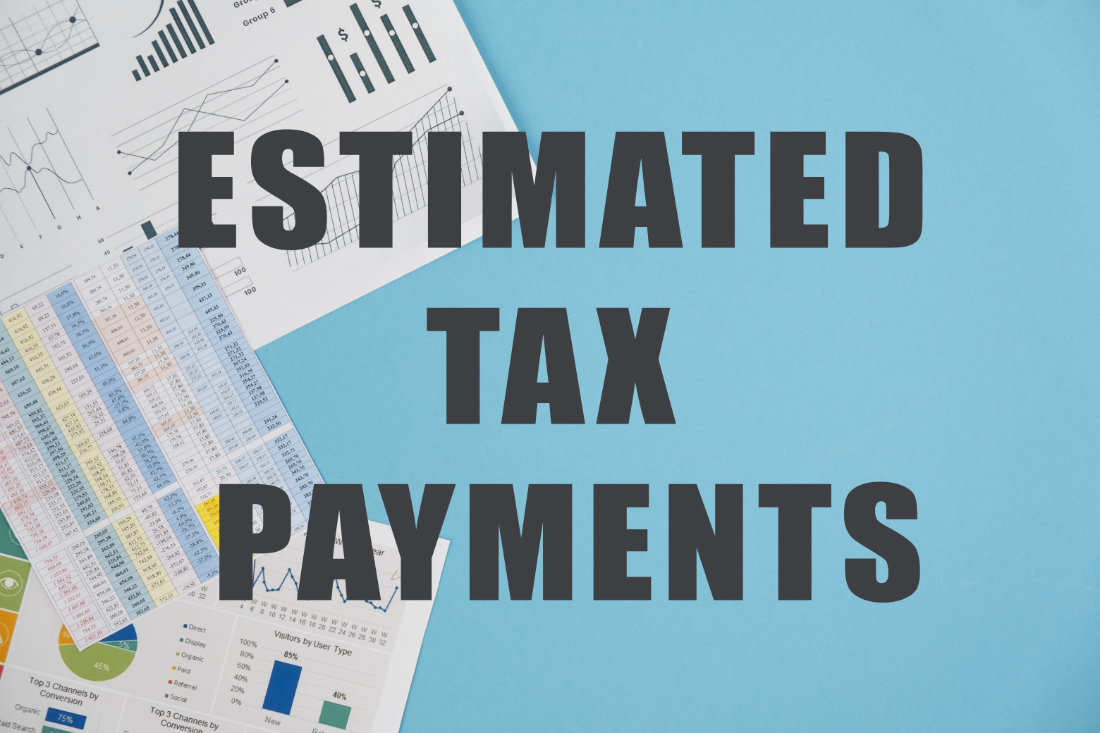
Self-employment offers flexibility, independence and the potential for unlimited earnings, but it also comes with important financial responsibilities—one of the most significant being taxes, as your CPA can attest to. Unlike traditional employees who have taxes withheld from their paychecks, self-employed individuals must handle their own tax obligations, including making estimated tax payments throughout the year. Failing to do so can lead to underpayment penalties, interest charges, and financial stress when tax season arrives. Understanding how estimated taxes work, how to calculate them, and when to pay them is essential for staying compliant with IRS rules and avoiding unnecessary costs.
What Are Estimated Taxes?
Estimated taxes are payments made to the IRS on a quarterly basis. These payments cover income tax and self-employment tax, which includes Social Security and Medicare contributions. Since self-employed individuals do not have taxes automatically withheld from their earnings, they must estimate their tax liability and make payments to the IRS throughout the year. The purpose of estimated taxes is to ensure that individuals prepay a sufficient amount of their tax liability rather than waiting until tax season, when a large bill could come due.
Generally, self-employed individuals, freelancers, independent contractors and business owners who expect to owe at least $1,000 in taxes after subtracting any withholding or credits must make estimated tax payments. This applies to income from various sources, including contract work, small business earnings, rental properties, and investments. Even individuals with side businesses or gig work may need to pay estimated taxes if their earnings push their tax liability over the threshold.
Calculating Estimated Tax Payments
To determine how much to pay in estimated taxes, self-employed individuals must first estimate their total taxable income for the year, taking into account business expenses, deductions, and any available tax credits. The IRS provides Form 1040-ES, which includes a worksheet to help calculate estimated taxes. The key components of this calculation include:
-
Income tax - Based on the expected taxable income after deductions.
-
Self-employment tax - This tax covers Social Security and Medicare contributions, amounting to 15.3% of net earnings—12.4% for Social Security and 2.9% for Medicare.
-
Other applicable taxes - Some individuals may owe additional taxes, such as the Net Investment Income Tax.
Because self-employment income can fluctuate throughout the year, it’s advisable to reassess estimated tax calculations regularly. If income increases or decreases significantly, adjustments to estimated payments may be necessary to avoid overpaying or underpaying. Your CPA can help with this.
When and How to Pay Estimated Taxes
The IRS requires estimated taxes to be paid in four installments throughout the year. The typical due dates for these payments are:
-
April 15, covering income earned from January 1 to March 31
-
June 15, covering income earned from April 1 to May 31
-
September 15, covering income earned from June 1 to August 31
-
January 15 of the following year, covering income earned from September 1 to December 31
If the due date falls on a weekend or holiday, the deadline is extended to the next business day. Missing these deadlines can result in penalties and interest charges, so it is crucial to track them carefully.
Estimated tax payments can be made in several ways. The easiest is to have your CPA take care of it.
Avoiding Underpayment Penalties
Failing to pay estimated taxes or underpaying throughout the year can result in IRS penalties, which are calculated based on the amount underpaid and the length of time it remains unpaid. To avoid penalties, individuals should:
-
Make timely and accurate quarterly payments rather than waiting to make a lump sum payment at year-end.
-
Use the safe harbor rule to ensure they pay enough to avoid penalties.
-
Adjust estimated payments if income changes significantly throughout the year.
The IRS may waive penalties in cases of unusual circumstances, such as natural disasters or serious medical emergencies. However, relying on such exceptions is risky, and proper tax planning is always the best approach.
Maximizing Deductions and Reducing Tax Liability
Self-employed individuals have access to several tax deductions that can reduce their taxable income and lower their estimated tax payments. Some of the most common deductions include:
-
Self-employment tax deduction - While self-employed individuals must pay the full self-employment tax, they can deduct half of it as an adjustment to income.
-
Home office deduction - Those who use a dedicated space in their home for business purposes can deduct a portion of their rent, utilities, and other expenses.
-
Business expenses - Ordinary and necessary business expenses, such as office supplies, travel costs, and professional services, are deductible.
-
Health insurance premiums - Self-employed individuals who pay for their own health insurance may be able to deduct their premiums.
-
Retirement contributions - Contributions to SEP IRAs, SIMPLE IRAs, and solo 401(k) plans may be tax-deductible, reducing taxable income while helping build long-term savings.
Tracking deductible expenses throughout the year is essential for accurate tax reporting and maximizing tax savings. Keeping organized records of receipts, invoices, and bank statements can make tax preparation much easier.
Planning for Estimated Taxes and Financial Stability
One of the best strategies for handling estimated taxes is proactive financial planning. Setting aside a percentage of each payment received for taxes can prevent cash flow issues when quarterly payments are due. Many financial professionals recommend saving 25–30% of self-employment income for taxes, though the exact percentage depends on individual circumstances.
Using accounting software or working with a CPA can also simplify estimated tax calculations and ensure compliance. A CPA can help with tax planning, identify potential deductions, and adjust estimated tax payments as needed. By taking a strategic approach to estimated taxes, self-employed individuals can avoid surprises at tax time and maintain financial stability throughout the year.
Estimated taxes are an important part of tax compliance for self-employed individuals, independent contractors, and small business owners. Understanding how to calculate estimated taxes, when to pay them, and how to minimize tax liability can help avoid IRS penalties and financial stress. By making timely payments, keeping accurate records and working with a CPA, self-employed individuals can manage their tax obligations effectively and focus on growing their businesses.
by Kate Supino

